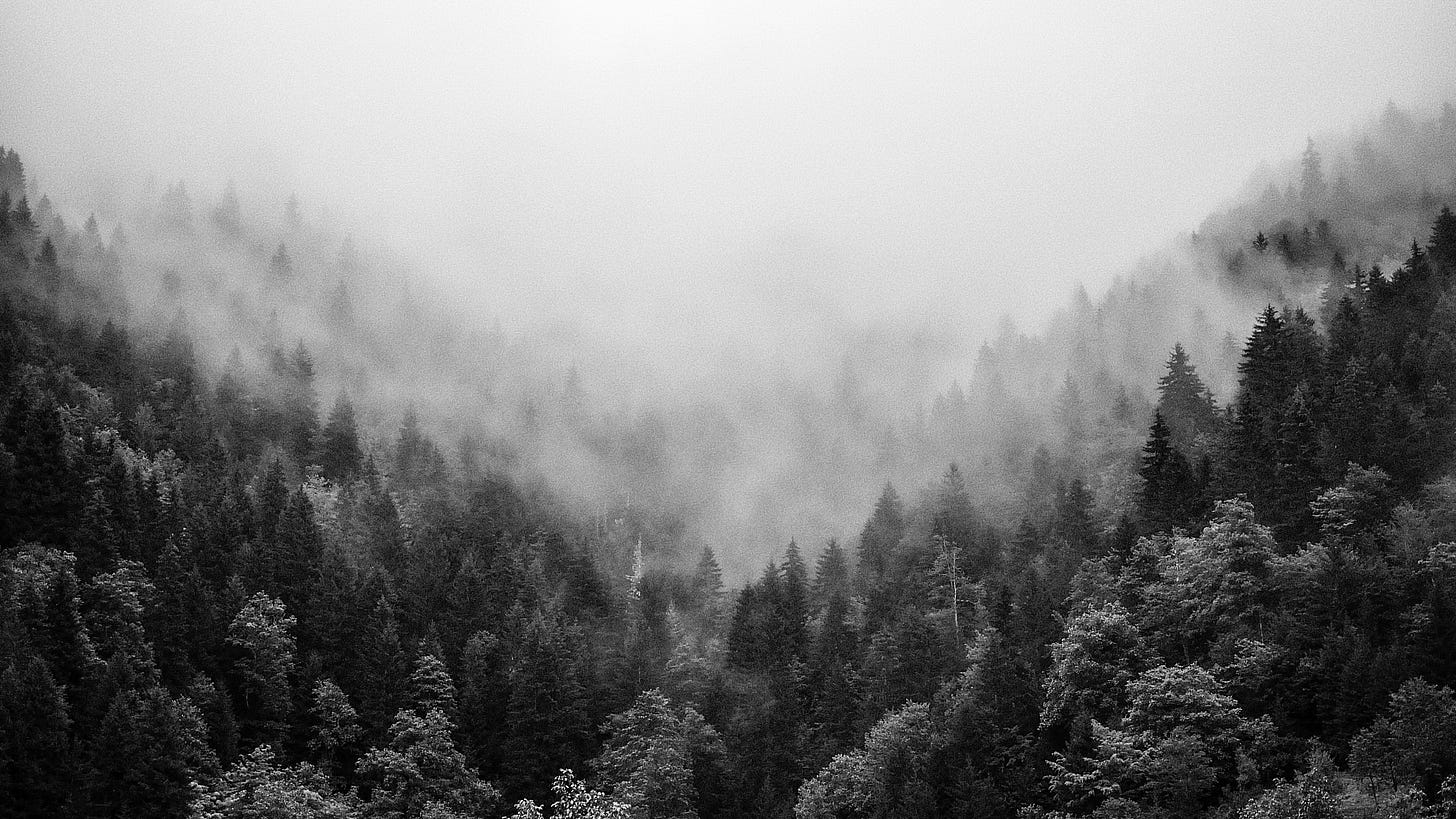How to Build the Good Internet
Stepping out of the dark forest and reclaiming a social, handmade and cozy web
The following piece is a collaboration between Matt Klein + Sacha Judd.
Sacha Judd is a writer based in Aotearoa, New Zealand. She’s spent the last decade speaking about the intersection of the tech sector and fan communities at conferences like Velocity, Webstock, and Beyond Tellerrand. She has written on these topics for Letterboxd’s Journal, The Spino…


